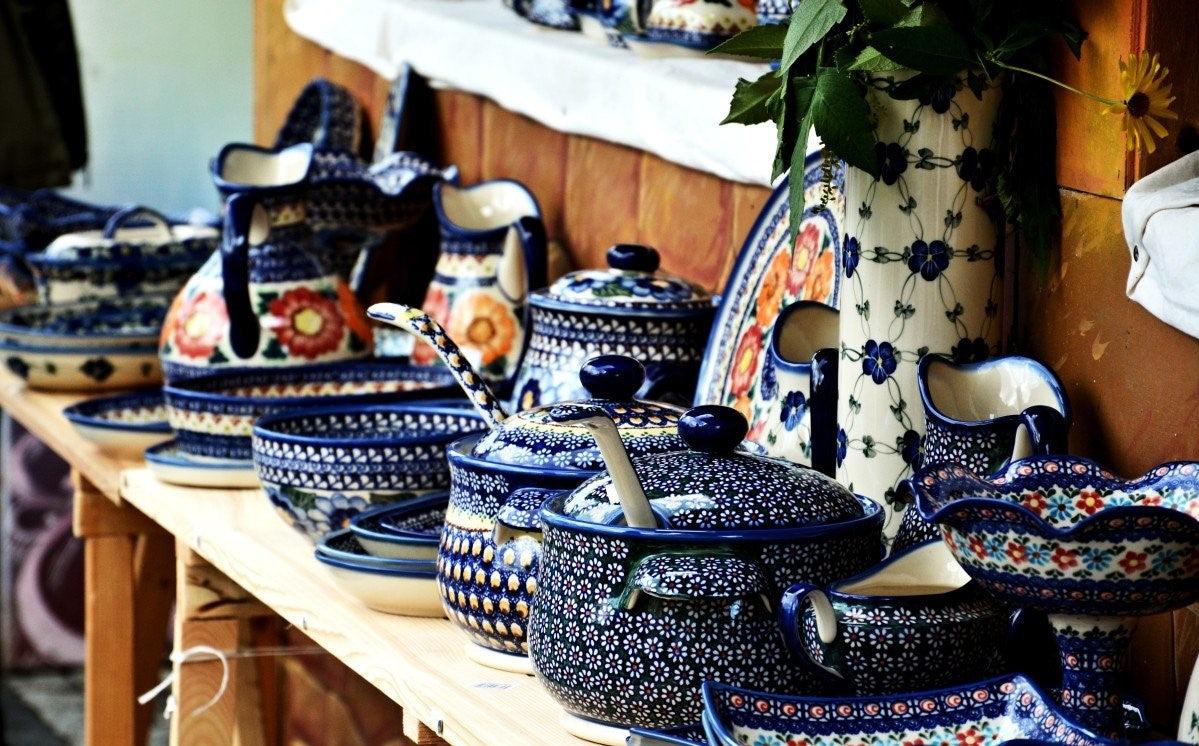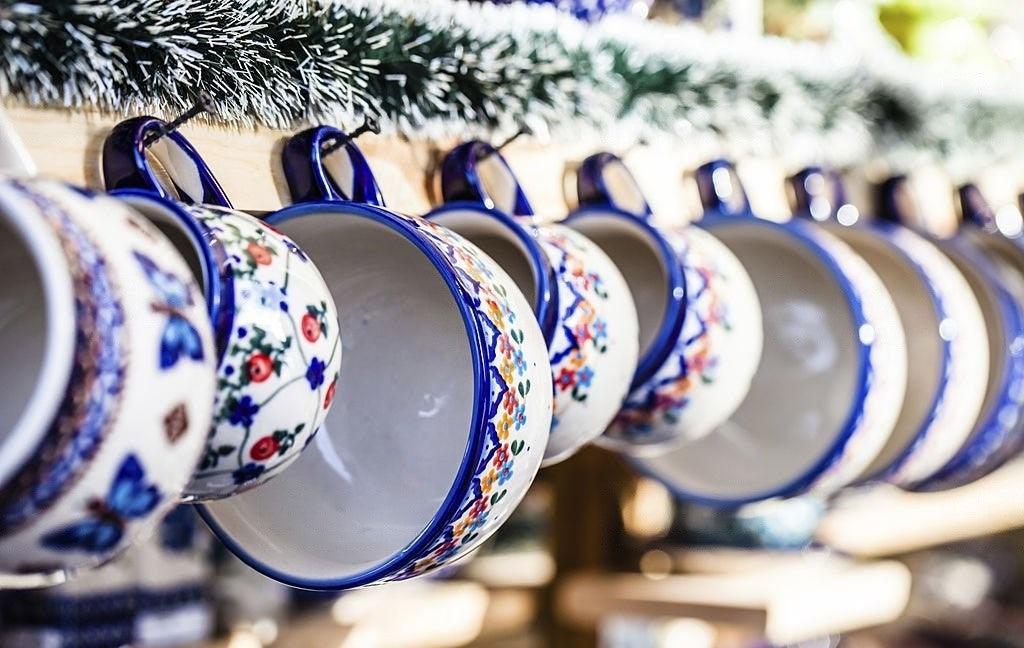Polish pottery has a rich history that dates back several centuries. It has its origins in the town of Boleslawiec, located in the southwestern region of Poland. The pottery tradition in this area can be traced back to the 14th century, when the first kilns were built.
During the 17th century, Boleslawiec became known for its distinctive blue and white pottery. The region's rich clay deposits and skilled craftsmen contributed to the growth and success of the pottery industry. The pottery produced in Boleslawiec was primarily functional, with items such as plates, bowls, and mugs being popular among the local community.
In the 19th century, the industry expanded further, with new patterns and colors being introduced. The pottery started gaining recognition not just in Poland but also in other European countries. This was due to the increased popularity of the unique designs and high-quality craftsmanship.
Despite facing challenges such as war and political changes throughout the years, Polish pottery continued to thrive and evolve. Today, it is known for its vibrant colors, intricate patterns, and durability. The traditional techniques and methods used to create Polish pottery have been preserved and passed down through generations, ensuring the authenticity and quality of each piece.
The history of Polish pottery is a testament to the skill and dedication of the artisans who have contributed to its legacy. It is a beautiful art form that continues to capture the hearts of people around the world, adding a touch of charm and elegance to any home décor.




Leave a comment
This site is protected by hCaptcha and the hCaptcha Privacy Policy and Terms of Service apply.